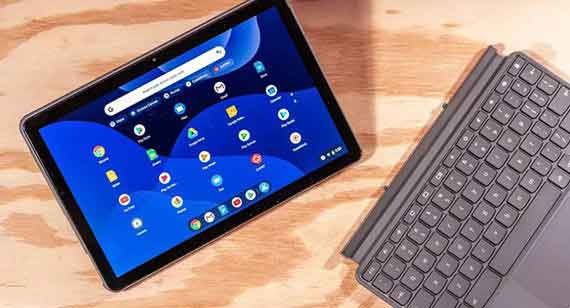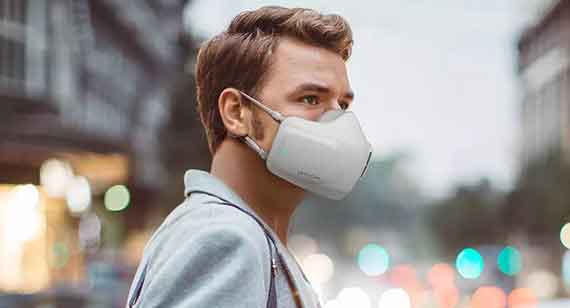Top Tech to Take on the 2020-21 School Year
While September usually signifies back to school for most parents, the return to school looks a little different this year. With many states implementing virtual or hybrid schooling models, we've rounded up a list of some new tech to make learning from home a little easier in the coming months.
Higher Than High-Speed Internet
One of the biggest concerns among the many working and schooling from home is internet—is it reliable, is it fast, is there enough to cover everyone's needs? Researchers at University College London might have a solution to the speed issue. A team from the university partnered with Xtera and KDDI Research to set a world record for internet speed, reaching a data transmission rate of 178 terabits per second. That's fast enough to download everything on Netflix in less than a second! The speed is actually close to the theoretical limit of data transmission set by mathematician Claude Shannon in 1949.
The new record is double the capacity of any system currently deployed in the world and was achieved by transmitting through a much wider range of wavelengths than typically used in optical fiber and using various amplifier techniques to boost the signal. Since the beginning of the COVID-19 pandemic, and the swift shift to working and learning from home, internet traffic has soared as high as 60% more than pre-pandemic rates. The resilience of networks and providers is becoming even more critical, and as internet traffic has grown exponentially over the past decade, developing new technologies is crucial to meet demand and maintain lower costs. Plus, no more excuses for not being able to download the homework or login to the virtual classroom on time.

A Hybrid Tablet for Hybrid Learning
Both Apple and Lenovo have unveiled solid hybrid tablet options in time for the new school year. Apple's latest entry-level iPad is a 10.2-inch tablet stocked a suite of apps and services. At 2160 x 1620 resolution and 500 nits of brightness, it is bigger, sharper, and brighter than Lenovo's 10.1-inch, 1900 x 1200 resolution, 400 nit display Chromebook Duet.
The biggest difference between the two comes down to intended usage—The Chromebook Duet is meant to be used as a laptop, while the iPad can be used as one. The Chromebook comes with a magnetically-attaching keyboard and mouse trackpad, while Apple's attachable keyboard is sold separately for $159, and doesn’t include a mouse trackpad, making it more of a tablet with a keyboard than a functioning laptop. This means that deciding the best option for your student comes down to the intended use and necessary functionality, as well as personal preference between the Google and iOS operating systems.
Both options start around the $300 price point, less than the average laptop cost, making them a good option for an initial investment for younger students or those schooling from home temporarily.
Wake Up for the Bus… Or Couch
A second Lenovo product making our list is the Smart Clock Essential powered by Google Assistant. It provides your standard time, date, temperature, and alarms, as well as additional customizable options and features including changeable clock faces and alarm tones, alarm suggestions based on schedule, timer-driven dimming/brightness, manual snooze function, and a USB port for charging devices.
The alarm settings and suggestions based on your routine will make sure your student gets up in time and keeps them on track for classes and assignments throughout the day, and the USB port provides an additional charging outlet for tablets, phones, and other devices—something every house can use an extra of during this time of home offices and classrooms.

This Smart Mask has you Covered
For those returning to school in-person, face masks are a necessary addition to the 2020-21 school supply list. Tech-giant LG is taking on the new wearable staple with a high-tech air purifying option. The PuriCare Wearable Air Purifier provides a fresh supply of clean air to the wearer for hours through a combination of two H13 HEPA filters and dual fans powered by a rechargeable battery.
LG's patented Respiratory Sensor automatically adjusts the PuriCare based on the user's breath cycle and volume. The fans adjust between three speed settings depending on whether the wearer is breathing in or out, allowing the user to simply breathe normally. LG states that the battery lasts long enough to provide eight hours of filtered air. When not in use, the mask can be stored in its case where it’s exposed to germ-killing UV-LED lights, and the battery recharges. And, app connectivity lets you know when the filters need to be replaced.
In this current time of so many unknowns, one thing that’s clear is that this school year will be one unlike anything we've experienced before. Hopefully one of the tech options above will help make the transition a little bit easier.
Eye on Innovation is a monthly look at new technology, products, and trends.